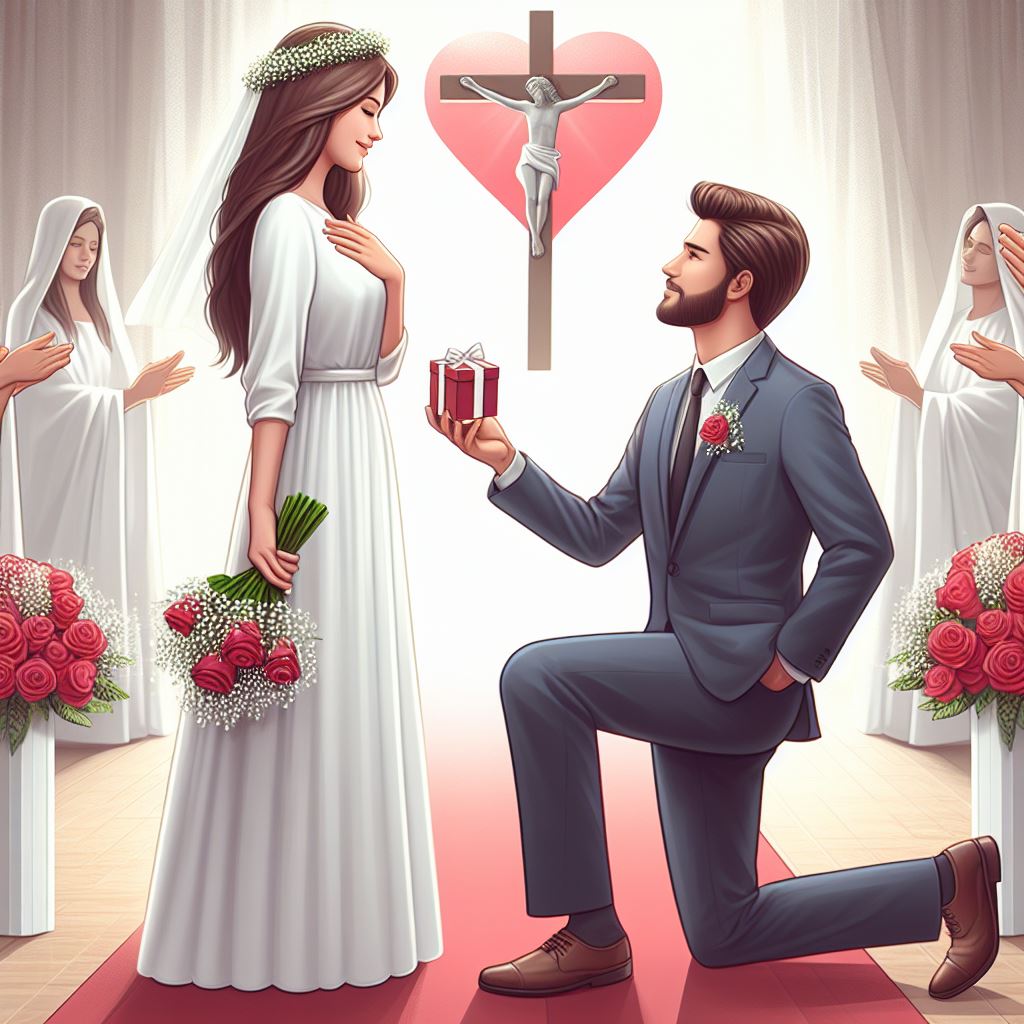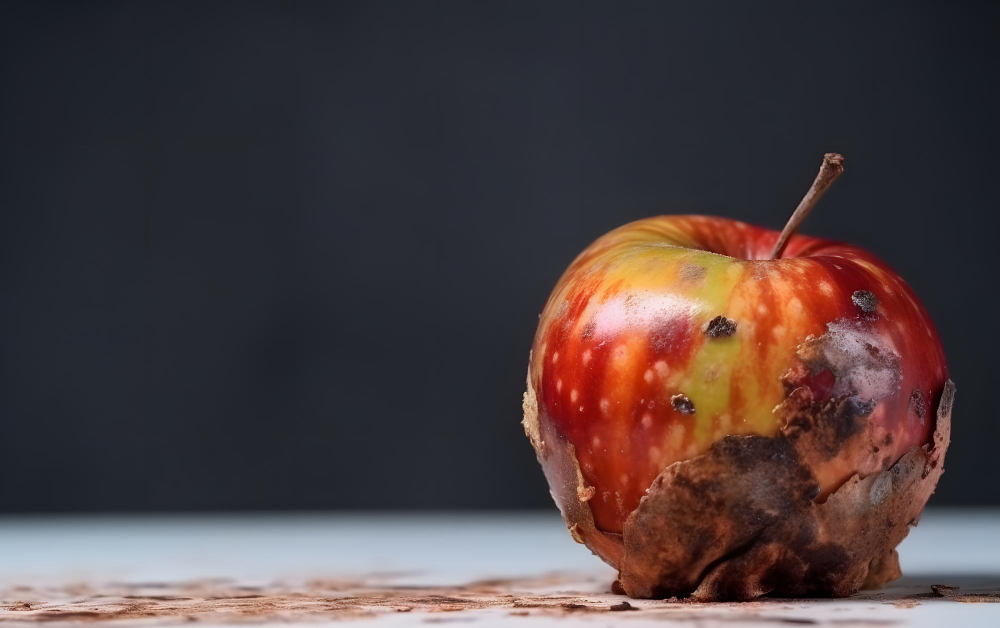Accusations of wrongdoing, and the saddling of males with a sense of guilt and shame, is used as a means to increase male labor and productivity – a result that works extremely well to the benefit of women, companies, and the State.
That formula can be stated simply as – Aggression, Guilt, Repair.
It refers to a psychological process that happens when someone commits a slightly destructive or aggressive act, and they notice the damage they have caused, or otherwise are made to notice the damage by others. This triggers a guilt reaction for feeling that one has damaged people they may care about and, after feeling guilty, they will typically move to repair the damage with benevolent gestures.
It doesn’t matter whether the claims of destructiveness are accurate, somewhat trumped up, or completely fabricated; it has the same effect of generating concern in the minds of the accused, who will react with various attempts to fix the problem and smooth it over.
This formula is laid out by pediatric psychiatrist Donald Winnicott1 who described the process already at work in earliest childhood, in infants who already show a concern over the results of their own destructiveness. Thus, when an infant bites his mother’s nipple, or screams and kicks, the mother typically gets frustrated, verbally upset and proceeds to walk away from the infant. At that moment the baby descends into what is described as a guilt state (becoming listless, crying, fearful), then when mother returns the baby goes all out trying to repair the damage – reaching out to hug mother, smiling, offering mother a rattle, etc. This is the process of aggression – guilt – repair,2 and it’s a cycle repeated thousands of times during everyone’s infancy.
It goes without saying that the repair effort is absolutely vital to any infant who is dependent on his mother for existence, and therefore we all carry that primal fear of loss when momma walks out of the room…… will she return? As a social and pair-bonding species the concern is real, and it probably goes a long way to explaining the popular cliché “If momma aint happy, aint nobody happy!” This sentiment is likely a hangover from childhood experience, one that can be exploited in adult relationships via acts of coldness; in the proverbial “silent treatment” or other forms of threat to a stable bond.
Winnicott contends that the aggression–guilt–repair cycle underlies all productivity in the wider social space; ie. that people wish to contribute into society to atone for supposed past destructiveness, no matter how insignificant, or to contribute as an atonement for future destructiveness that has not yet happened (and may never happen!). People want to feel good with the world, thus by contributing to people and the society around them they store up capital in their reparative bank accounts – often in the form of labor and sharing of finances, or otherwise via the currency of thoughtful gestures, deference, verbal compliments and the like.
When we consider that the reparative gestures more often take the form of labor – especially men’s labor – we could perhaps equally render Winnicott’s formula as Aggression – Guilt – Labor, and lose nothing of its meaning.
Here we note that the phrase ’emotional labor’ takes on a whole new, and very male sense.
On a more tangible level I’ve talked with a lot of men who admitted that when they feel they’ve done something bad, no matter how minor, or that they’ve done something destructive in the eyes of their wife or partner, they go all-out trying to repair the damage. They may give her a bunch of flowers, or they might labor around the yard or paint the interior of the house or some other manual task, and via these constant reparative gestures they tend to provide far more labor than would normally be the case. This unfortunately can become a sick game between couples; if a man (or woman) can be made to feel bad enough, and frequently enough, they become pathologically productive.
To that end, many men feel that their wives have become daughters of B. F. Skinner, regularly hearing the nagging din of “You’ve been very insensitive to me recently, and you haven’t even painted the house yet!” or “You never show me any love gestures!”
The Greek myth of Heracles is paradigmatic of this cycle, showing the same pattern described by Winnicott in an endless loop; Heracles commits destructive deeds, feels guilt, and then attempts to repair the damage through hard labors. His desire to repair things often comes via contributing to society, by helpful assertions of strength to rid the world of monsters and lawless creatures, or performing useful engineering feats, while at the same time vigorously denying any weakness that would slow him down. As Philip Slater observes;
The Heraclean myths also include the self-abasing strategy. This is inferred, not from his appearance as a buffoon in Attic drama, but from his role as a servant of the gods and a slave to women. He consistently performs “dirty work” for others, killing pests, cleaning the Augeian stables, herding cattle, reaping grain, and so on. Indeed, his entire life is one of suffering, servitude, and degradation, relieved only by his achievements and final apotheosis. From the slave of the cowardly Eurystheus he becomes the slave of Omphale, and is constantly being cheated of his wages (e.g., by Eurystheus, Augeias, Eurytus, and Laomedon).3 (p.375)
Heracles, along with every man who labors compulsively, is motivated to repair what he unconsciously feels are the results of his own destructiveness — even his potential destructiveness that may never manifest in real behavior. The mere potential of destructiveness is enough to set the compulsive work cycle in motion, especially if under the watchful direction of a scold.
Might this provide the esoteric rationale for why all men are labelled toxic?
We can only imagine what the world would look like if men were not operating under pressure of guilt; it would probably look more like a series of relaxed traditional villages instead of the outlandish marvels of civilization we see today. When it comes to measuring national productivity, the benchmark GDP could perhaps be partly interpreted as men’s Guilty Domestic Product.4
Misandry as a fomenter of productivity
Misandry is not a simple scapegoating reflex, although that is a part of it. Misandric blaming is also an assist for increasing the power and enrichment of the State, of corporations, and of course women, because it increases men’s productivity.
That payoff is why misandry has remained normalized, but it doesn’t have to remain that way for conscious men.
Some of the phrases directed at men are proof of the desire to increase men’s labor; phrasings like “You need to man up!” which often means a man needs to work harder. Men are called deadbeats (not producing enough money), ‘man-babies’ (for not wanting to overdo things nor put their health at risk), or Peter Pans (too busy enjoying life instead of working), or they may be characterized sarcastically as a ‘failure to launch’ (for younger men failing to rush headlong into a career and a job by which he can contribute his labor to society).
Or, in the recent past, what about the negative disparaging of a man as “gay” (whether he was or not), which implied such a man was failing to indenture himself in service to women and family with some kind of productive contribution (gay men were busying themselves doing non-gynocentric things). We’ve even heard that some men assaulted homosexual men, on rare occasions, as if they were a reminder of their own beaten up, freedom-yearning soul. As ugly as this is, it provides an example of men’s internalized misandry which attempts to ‘put a man in his place,’ by violence if necessary.
In conclusion we can say that misandry is not only a vehicle for cathartic blame, but is more geared to ‘keep men in their place’ – and that place is to be a guilt-driven provider. Women in the long-ago past were similarly subjected to these ‘in your place’ roles, but those days for women are long gone in most developed nations.
It is now men’s turn to break the cycle and say no to imputed guilt, or at least refuse to make genuine guilt available for others to exploit. If you fail to protect yourself in this regard, you are on a fast track to slavery and, in all likelihood, are already there.
References:
[1]. Donald Winnicott, The Development Of A Capacity For Concern (1963), Chapter 6 in The Maturational Process And The Facilitating Environment, International universities Press, (1965).
[2]. Donald Winnicott, Aggression, Guilt and Reparation (1960), Chapter 16 in Deprivation And Delinquency, Tavistock Publications, (1984)
[3]. Philip Slater, The Glory Of Hera: Greek Mythology and The Greek Family, Beacon Press, (1968)
[4]. Note: for those who are inclined to take comments literally, rest assured this comment about traditional villages (and GDP) is intended hyperbole.
______________________________
For a longer study on the psychology of guilt, from which this article is a quote, see Heracles: A Slave To Guilt And Shame















